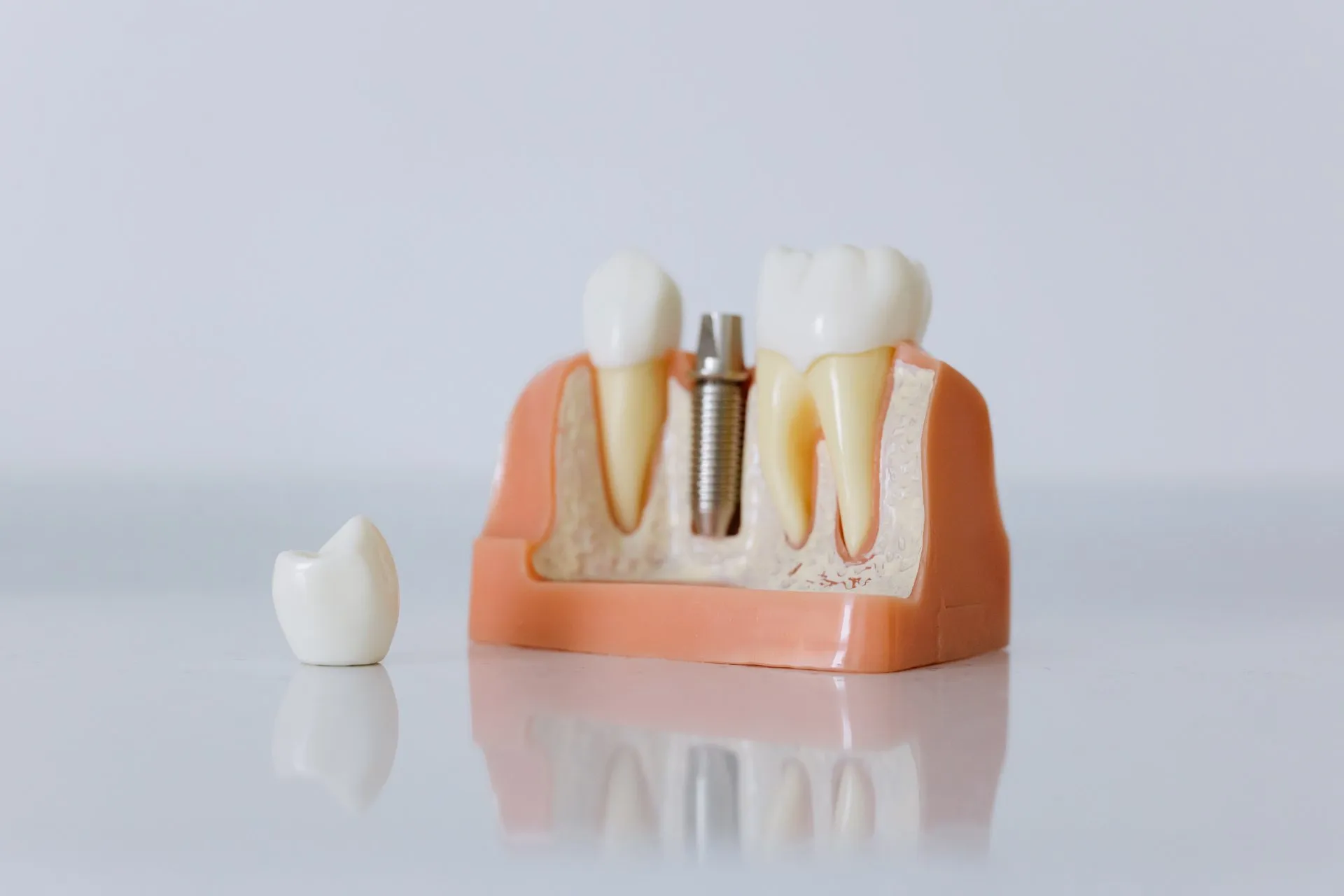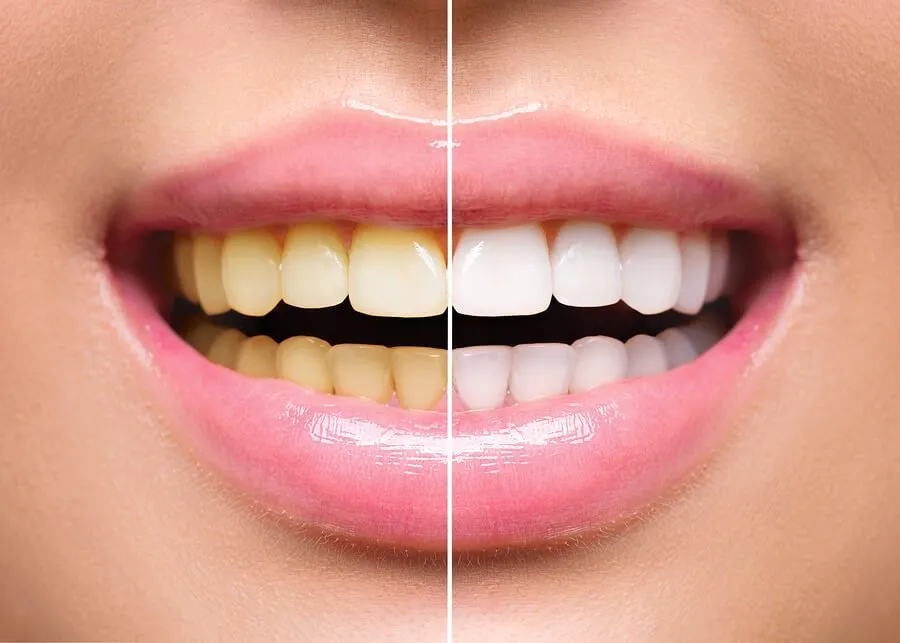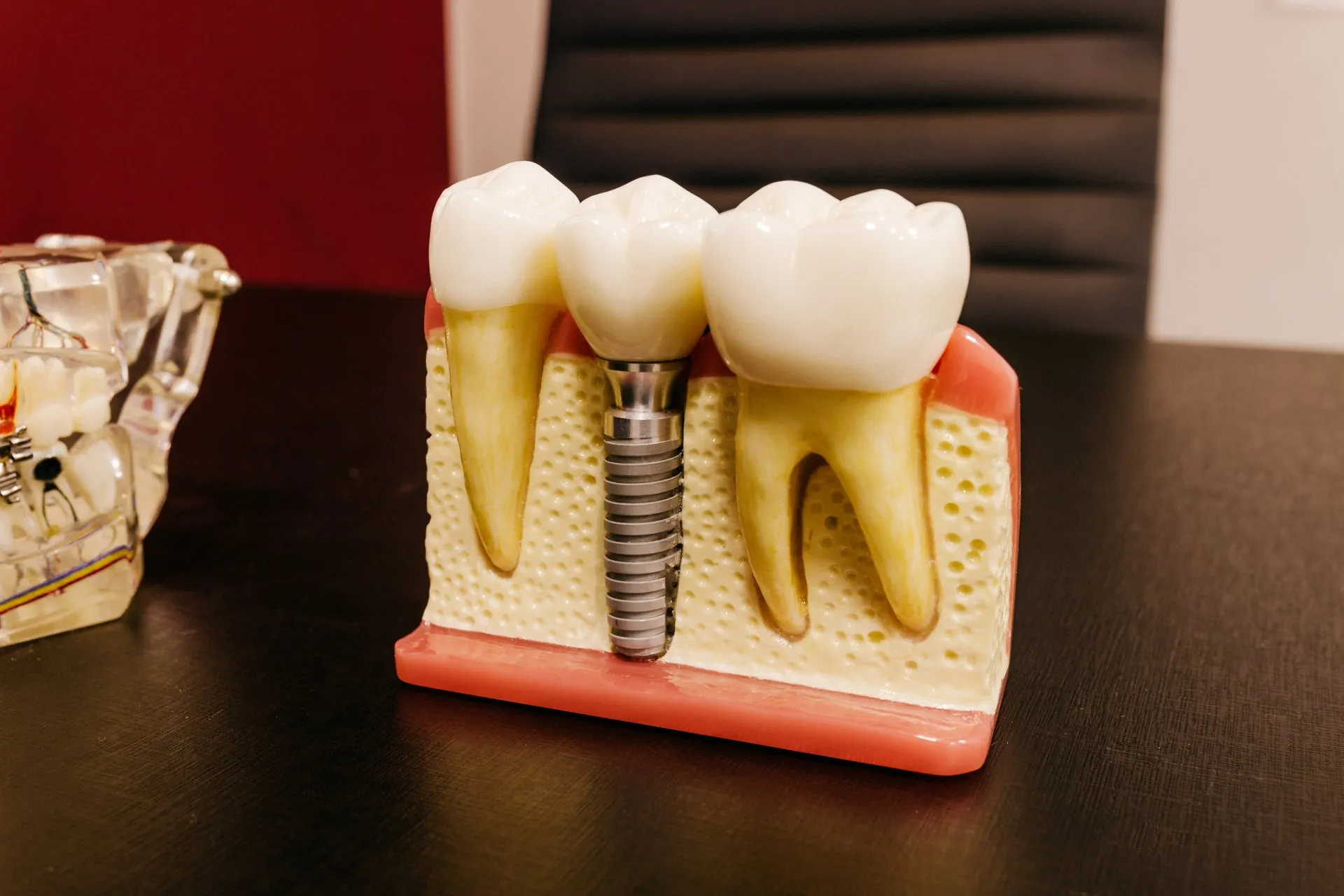The Truth About Dental Implants: Five Myths Debunked
Navigating through life with a missing tooth or teeth can be challenging. We have seen many patients who choose to hide their smiles after losing a tooth. We often encourage these patients to consider dental implants. A dental implant is the optimal solution for many cases seeing as it replaces the missing tooth roots and the tooth itself.
There are many benefits to dental implants that go beyond the aesthetic portion of it. This makes it an invaluable option to most patients. With all the added bonuses that dental implants bring to the table, we are always perplexed to get insights on the negative myths that surround them. If you are missing a tooth and being diverted from dental implants because of some of these myths, we want to help you understand the facts behind them. Below are the top five dental implants myths debunked.
Myth: Dental Implants Look Unnatural and Feel Fake
Dental implants are designed to your specific smile. Our team takes great care to perfectly craft a tooth that looks and feels like it belongs with the rest of your teeth. The titanium rod is implanted directly into your jawbone, which means that it mimics your original tooth root. Your jawbone and the titanium rod become intertwined overtime in the same way as your original tooth root was. The tooth prosthetic is built in such a form that even if someone were to look closely at your smile, they would not be able to tell which one is not yours. Dental implants are designed to look natural and feel like your original tooth.
Myth: the Dental Implants Procedure is Complicated
Believe it or not, a dental implant procedure is only a two to three step process. The procedure is performed during a lengthy period of time. This can give the impression that it is a complicated process when in reality, it is only a two to three step process.
The first step is to place the implant gently in the position of the missing tooth. Once this is accomplished, the area has to heal for several. We use precision 3D planning to accomplish. Once the area has fully healed, it is time to design and place your new tooth.
There is a step that often happens at the same time as the titanium insertion. This is the placement of the abutments. The abutments are the metal pieces that will support your new tooth in place. The gum has to heal once this step is completed and then there is one final visit to our office. During this last visit, you will get your restoration tooth. This will make your entire procedure a success. Long story short, the dental implants procedure is a two to three step process that is far from complicated!
Myth: Dental Implants Only Last 8 – 10 Years
Would you believe us if we said that studies show that dental implants can last a few decades? Of course, the lifespan of dental implants is based on how well the postoperative instructions are followed by the recipient. Your dental implants have high chances of being a great success when you take good care of them. In fact, they can outlive that 8 – 10 years mark by double or triple the time!
Myth: It is Not Possible to Get Dental Implants if the Tooth Was Lost Some Time Ago
In the ideal world, dental implants would be considered as soon as a tooth is lost. The reason for this is that as time goes on, the jaw loses bone density. This can make it challenging for the jaw to support an implant. However, we understand that not every patient has the ability to get a dental implant soon after losing a tooth.
There certainly is a way around the loss of bone density in the jaw. There is the possibility to perform a bone graft to strengthen the jaw bone once again. This does require a separate procedure, which also means more recovery time added to the clock. We would be delighted to speak to you about your specific situation if you lost your tooth awhile back. We want you to know that it is still possible to get a dental implant if your tooth was lost some time ago.
Myth: Dental Implants Are Too Expensive
The onset cost for dental implants is often higher than the onset cost for other tooth replacement options such as dentures. However, it is crucial to understand that other options come with long-term costs that dental implants do not require. One of the costs that many patients do not consider when it comes to dentures is that dentures are not attached to the jawbone. This means that overtime you will experience bone loss and the dentures will not fit the same. As you might imagine, a new set will be needed as the jaw structure changes. The dentures need to be re-evaluated every year or so. This is not the case for dental implants.
Dental implants are good for a few decades. The titanium rod itself will not need to be replaced. In the case that the top restoration gets damaged, it might need to be replaced 15-20 years down the line. This is quite a simple process in comparison to the initial procedure.
We also want to remind you that there are many resources to help with the cost of dental implants. Our team is always happy to guide you in the right direction. If you have gone through all of these myths and still have questions, please do not hesitate to contact us. We would love to help you understand how dental implants work and whether they are right for you or not.






